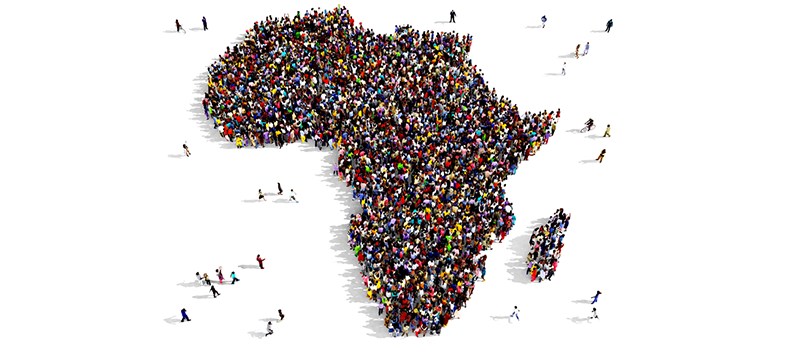4.2 How are migration policies made?
Policymaking is a complex process but is only one part of governance. Governance is somewhat different from government because it:
- is more of a self-organising process; that is, no single authority is in charge
- involves a wider range of actors than simply government officials.
However, a great deal of policymaking is done at the national level by governments, so we must focus on that. And when it comes to migration policy, a lot of legislation and regulation is nationally centred because it concerns crossing national borders.
But there are other levels and actors involved in migration governance, so we do need to get a sense of this wider governance picture. In this section, we will look at debates about ‘multi-levelled’ migration governance and then use some of these insights to examine migration policymaking in the four MIAG countries in Africa.
Activity 4.2: Migration governance
Migration and Global Governance is an anthology of what its editors considered to be key academic articles and chapters related to governance and migration published prior to 2012.
Read an extract from the book’s introduction [Tip: hold Ctrl and click a link to open it in a new tab. (Hide tip)] (Gamlen and Marsh, 2012), which is a useful overview of the book’s contents, and make notes on the three main modes of migration governance that it discusses: national, international and transnational.
Discussion
The authors argue that international migration governance is a patchwork of actors and frameworks. They explain what they mean by ‘global’ and ‘governance’, which is more complex than simply things happening at the global scale. Scales are constructed through actions and so are often uneven; that is, things are rarely fully global, but selectively engage some actors in some places. They also note that governance is different to government, which makes it trickier to pin down, given that it involves many actors and can be much more informal than national-level government action.
Next, they outline the three modes of migration governance:
- National governance makes sense given how important borders are to migration processes. The authors point out that borders are complex and can be permeable and symbolic, requiring constant ‘maintenance’ – what they call bordering practices.
- International governance is what many think of as migration governance. The authors point out the tension between, on the one hand, an international system that seeks coherence, and on the other hand, that system being formed by individual nation states with their own interests. They then outline the three types of international governance: bilateral, regional and fully international.
- Transnational governance picks up on some of the discussions from Week 2 where you looked at de Haas’ work on optimistic and pessimistic views of migration and development. Transnational governance is ‘optimistic’ and rooted in neoliberalism: it regards international migration as largely positive in that it generates useful return flows, so the role of governance is to help minimise the negative externalities and to better capture the benefits of things like remittances and diaspora investment.
Such a review of the literature is helpful but is necessarily quite general and abstract. Some of the academic language can also be confusing until you are familiar with the terms and concepts.
But what actually happens when it comes to implementing migration policy? While migration governance is clearly complex and multi-levelled, it often involves some national-level policy or policies – which are not produced in a vacuum. As you have just seen, some levels or modes of governance that exist may support a particular national policy, whereas others might undermine one. The next activity looks at implementing migration policy.
4.1 Policy and inclusive growth
